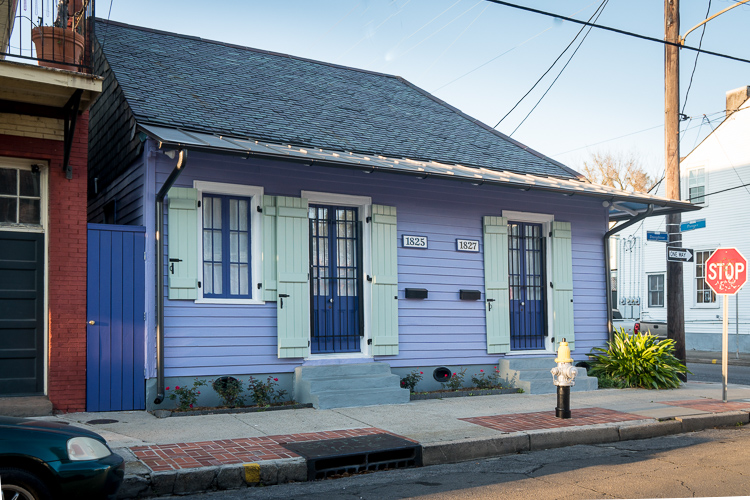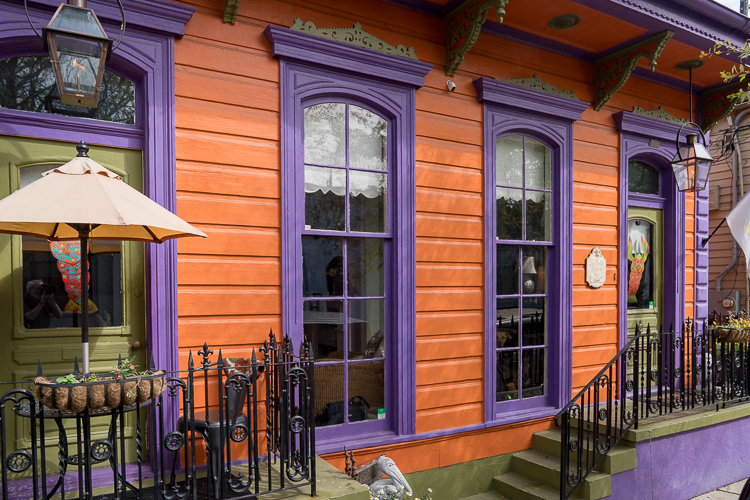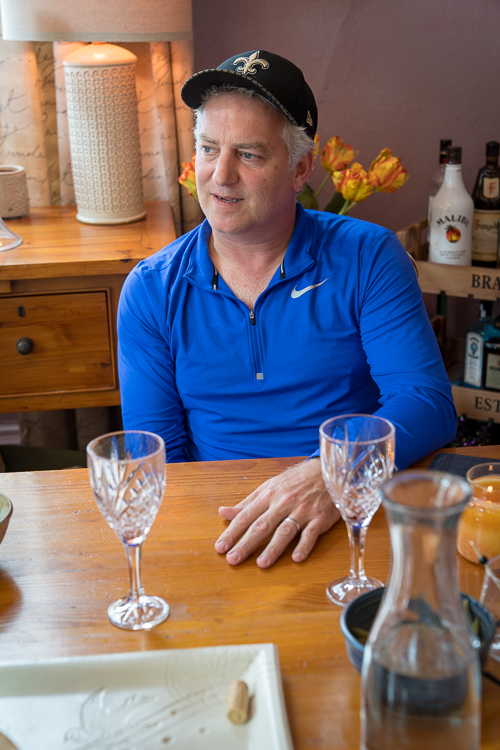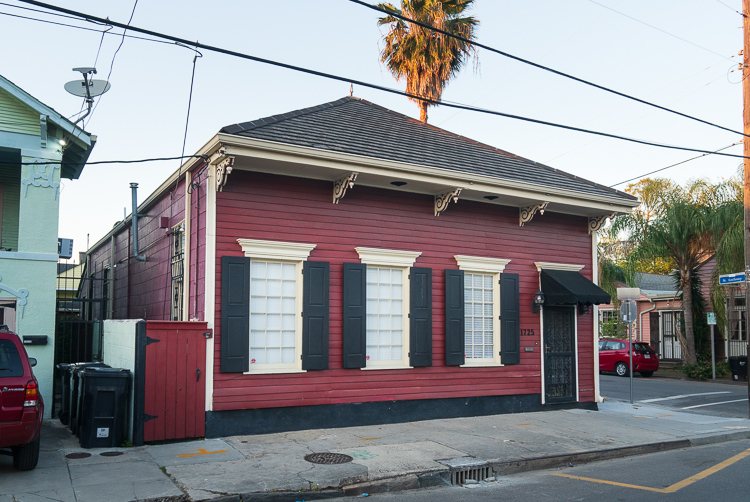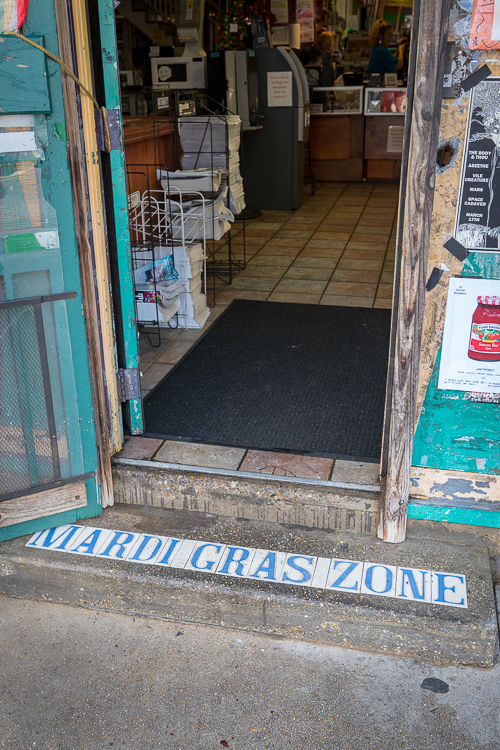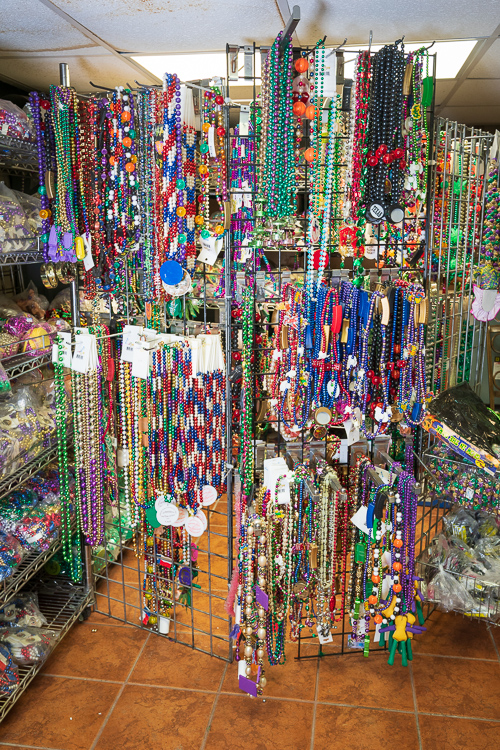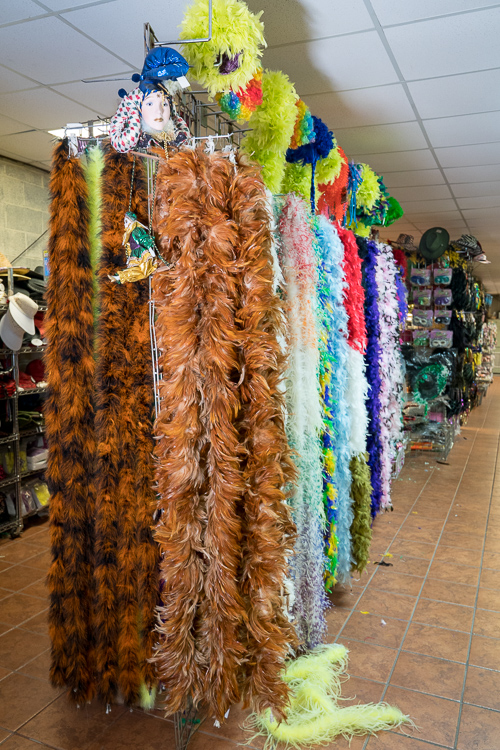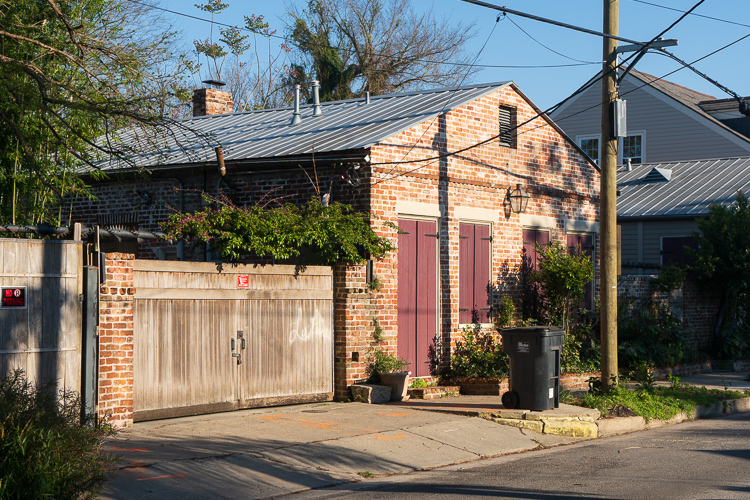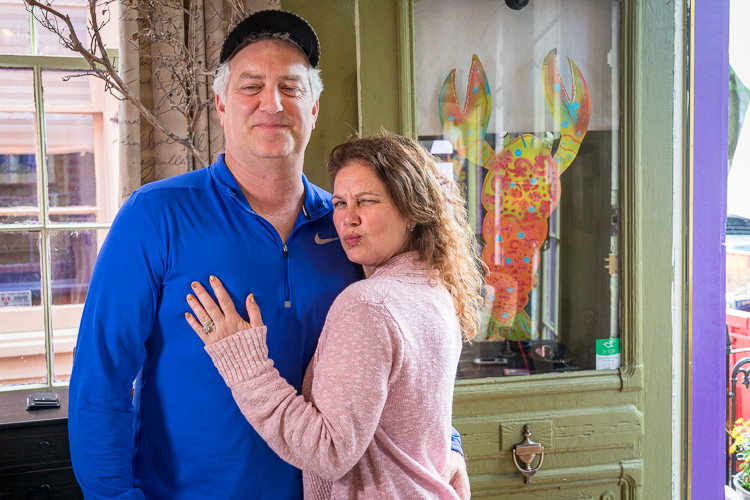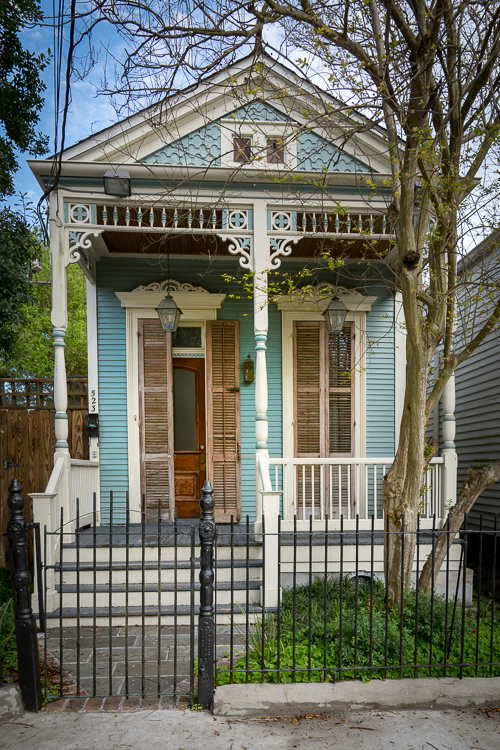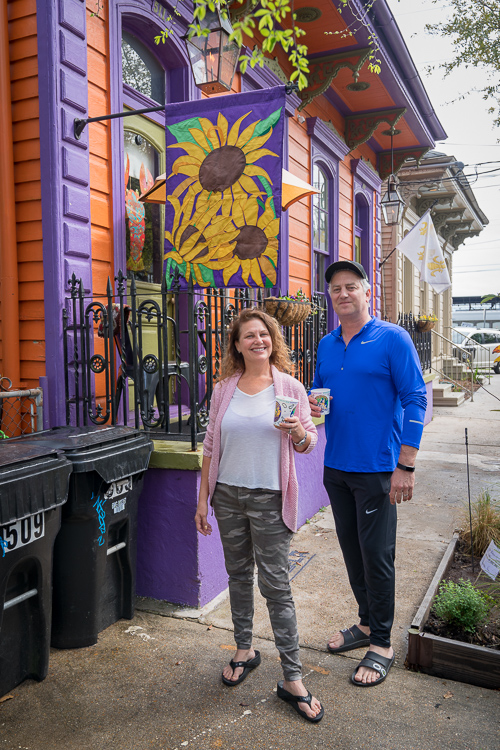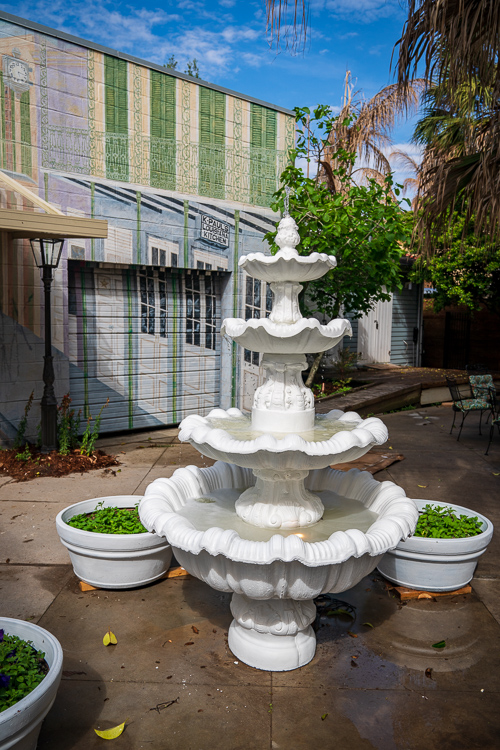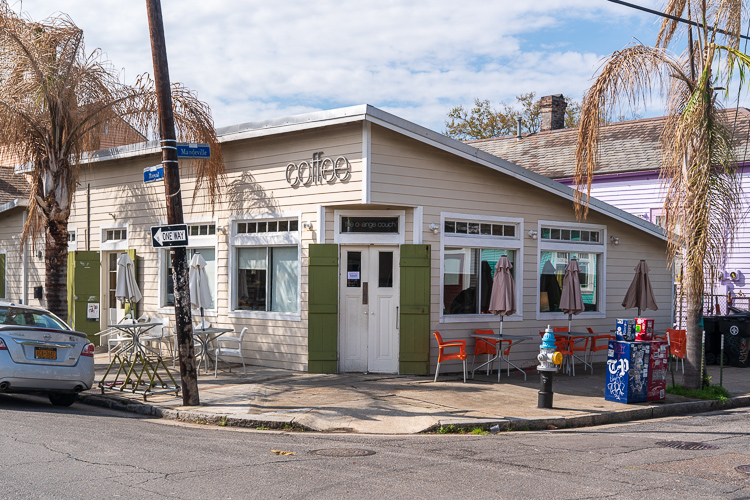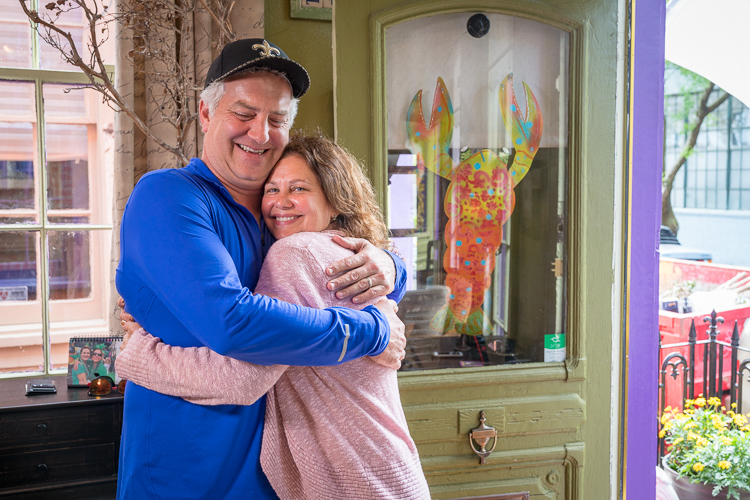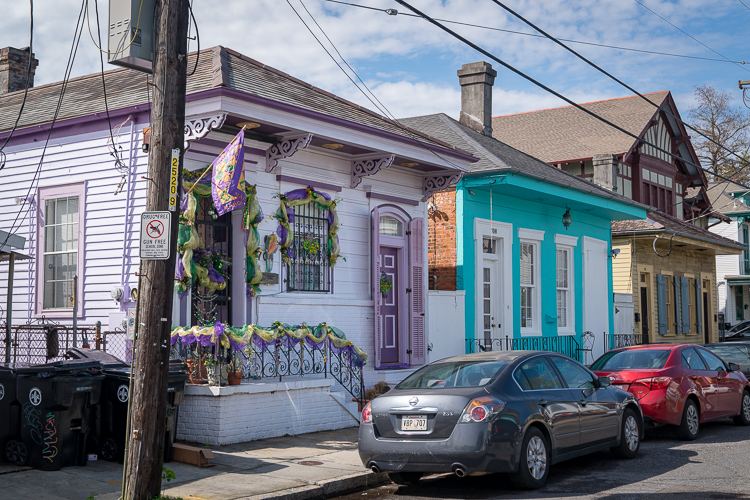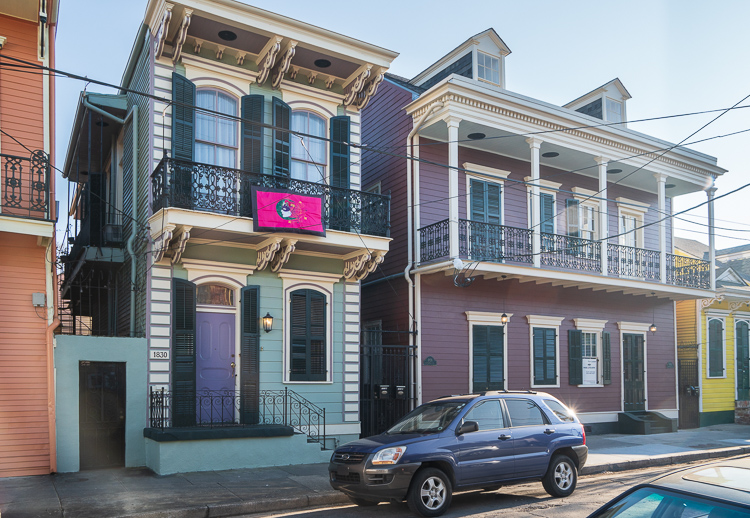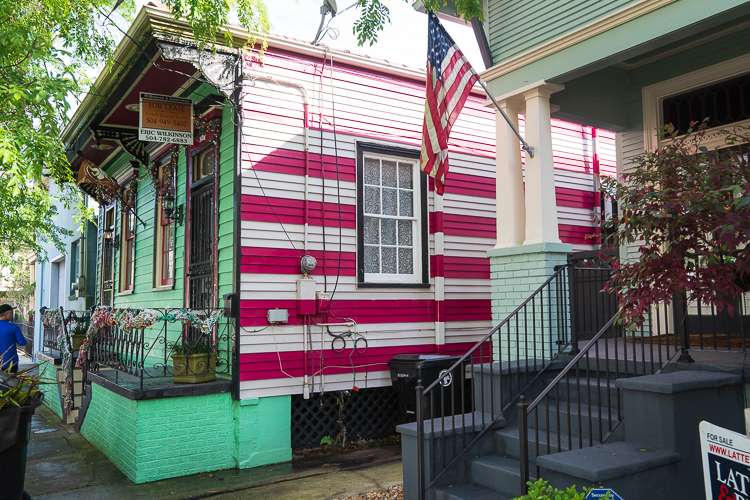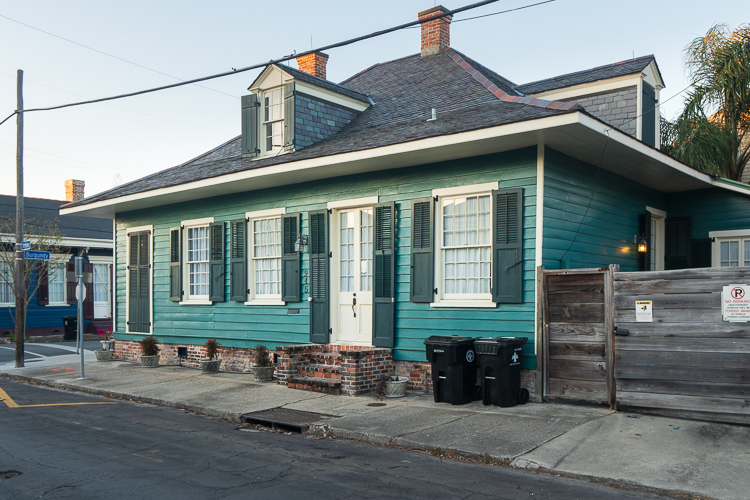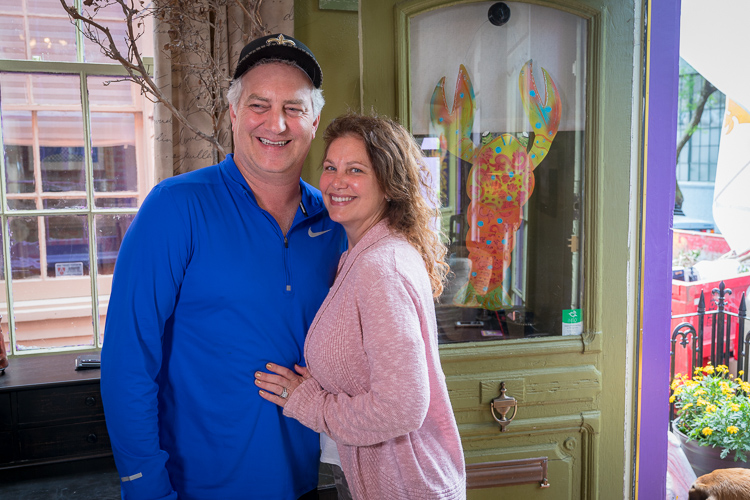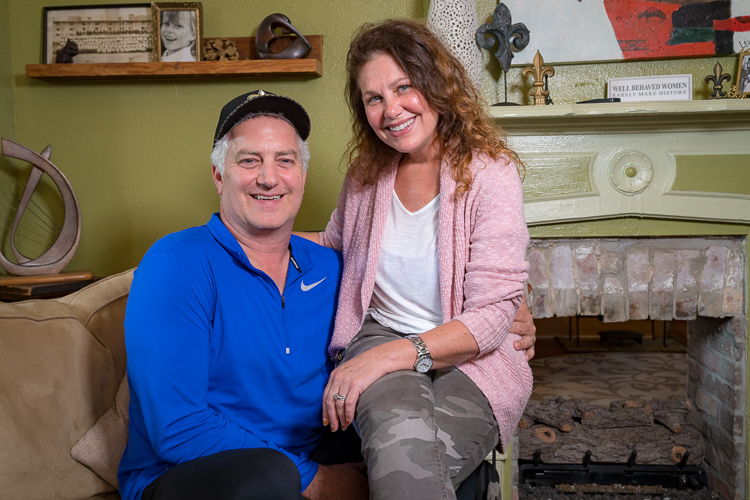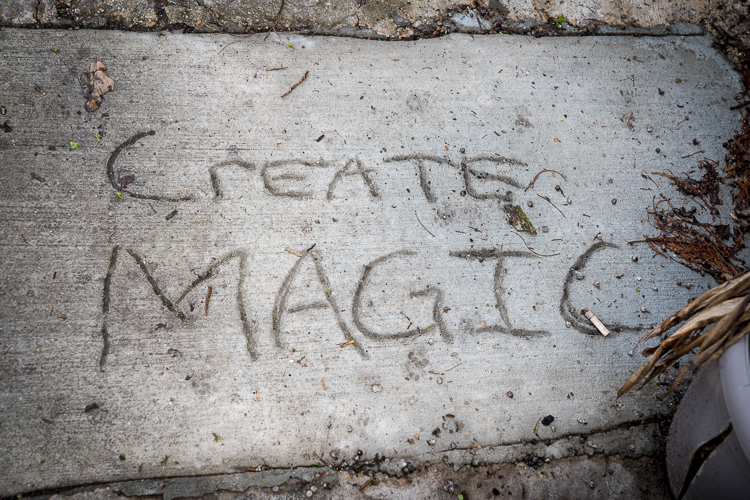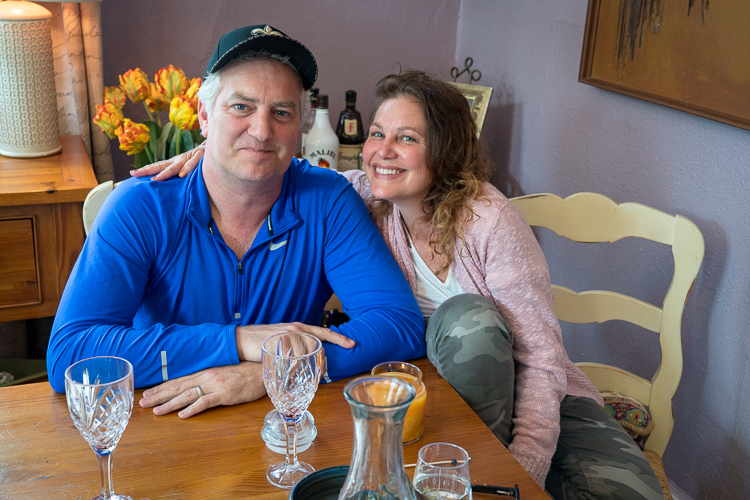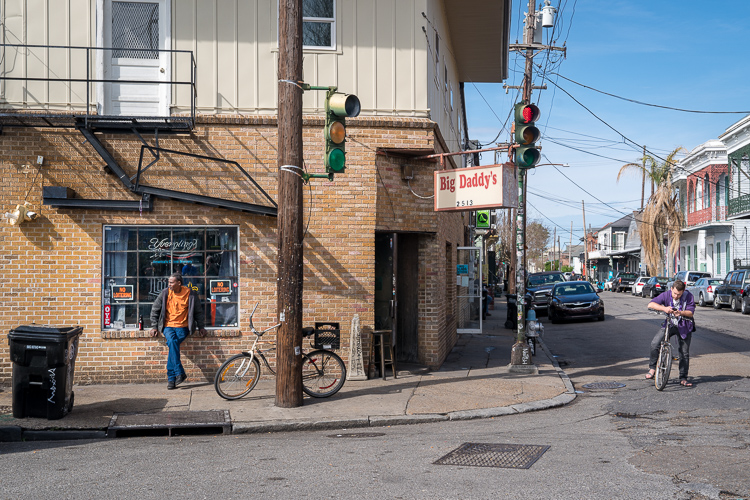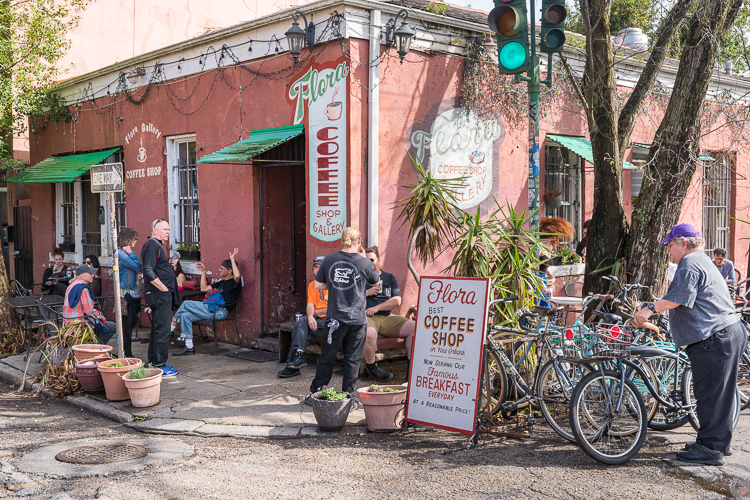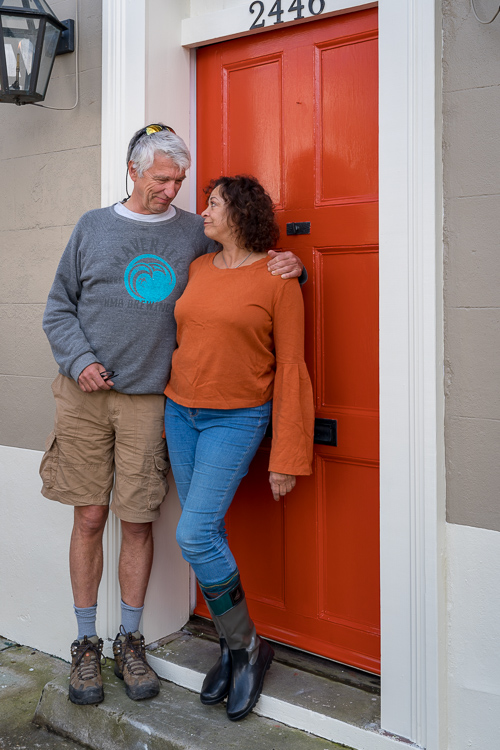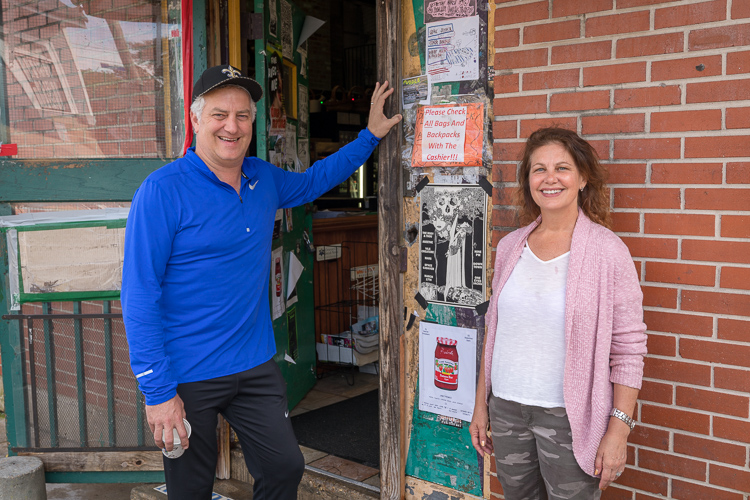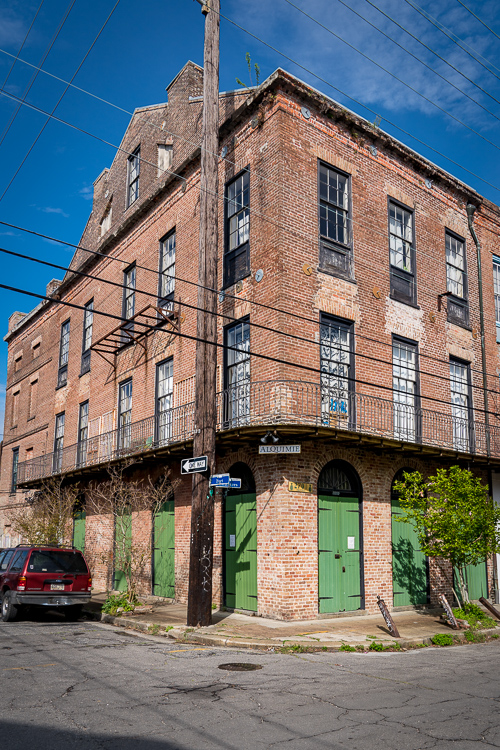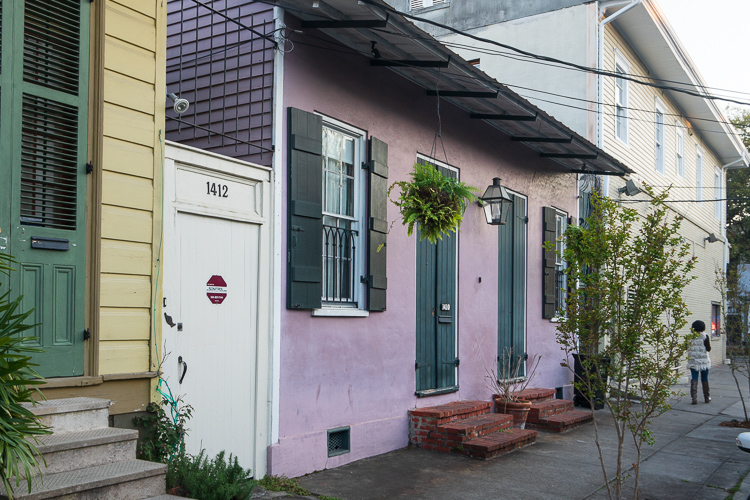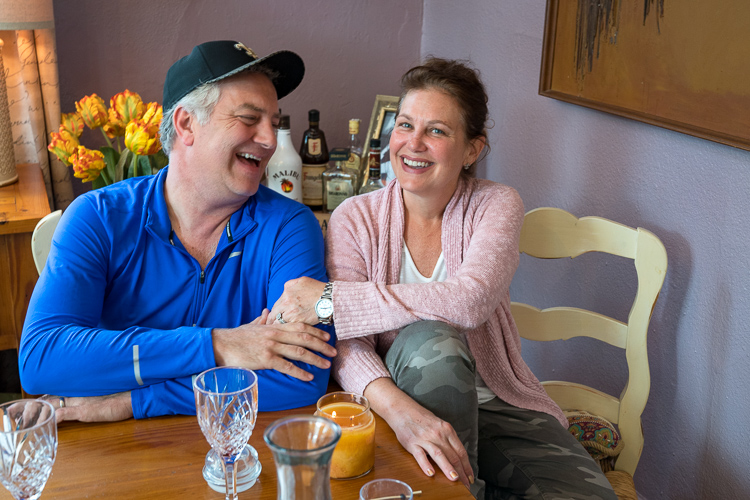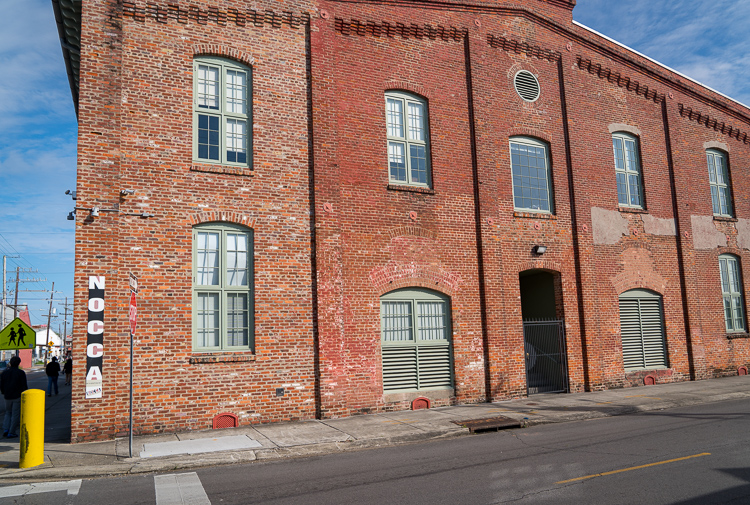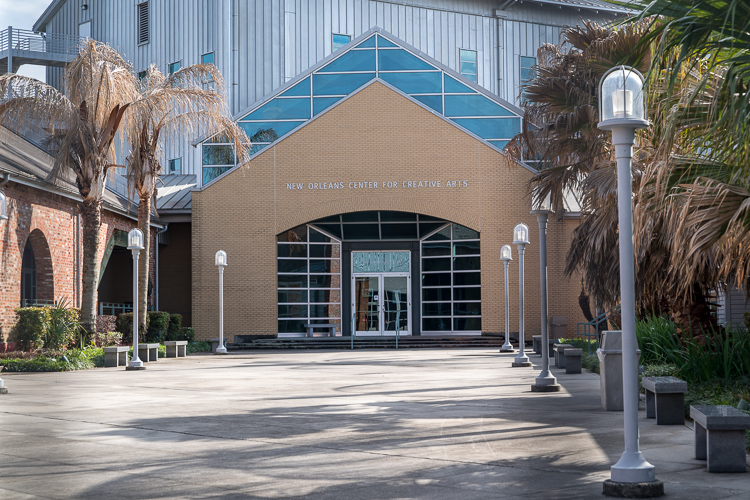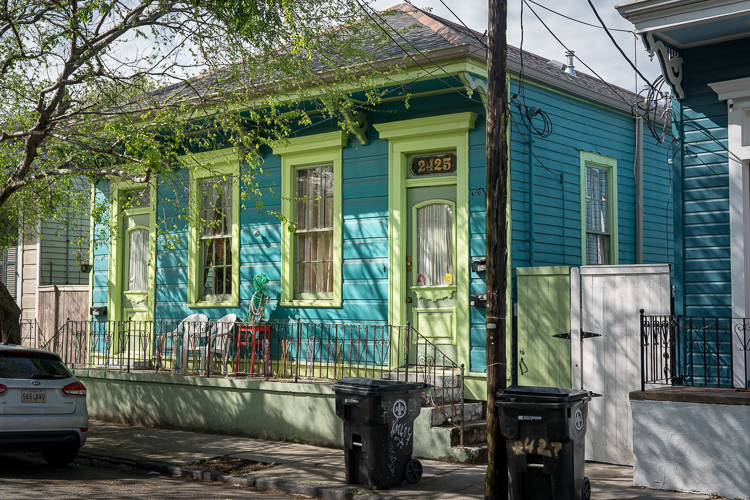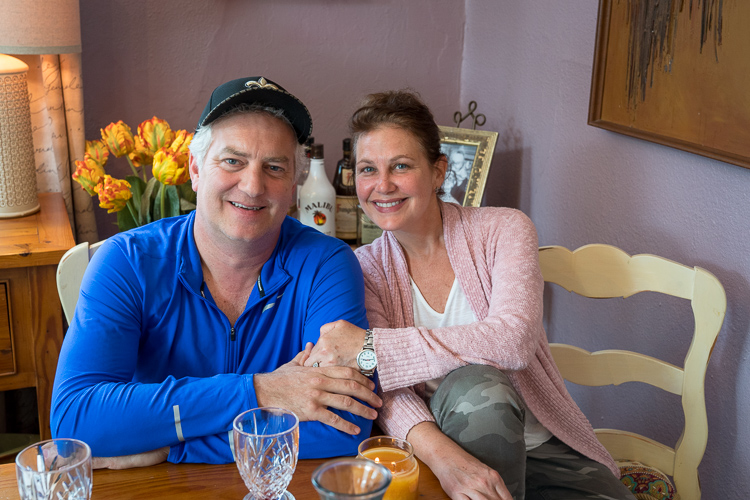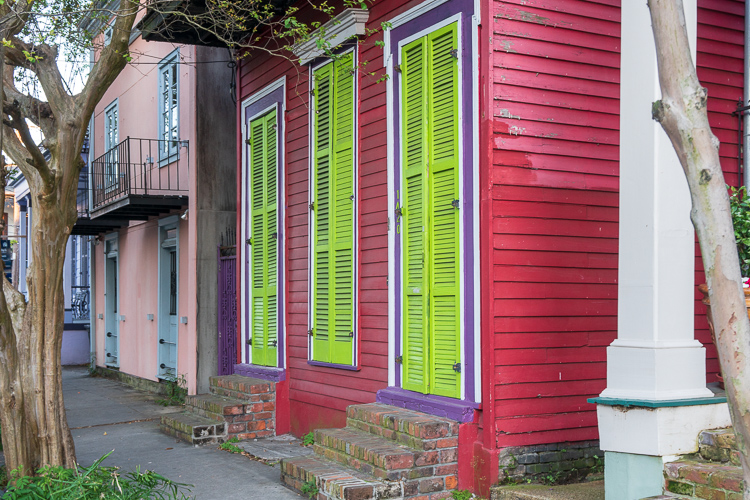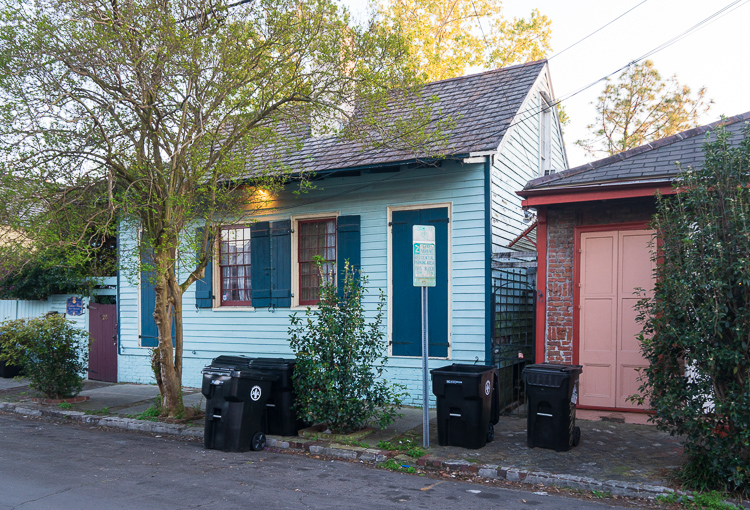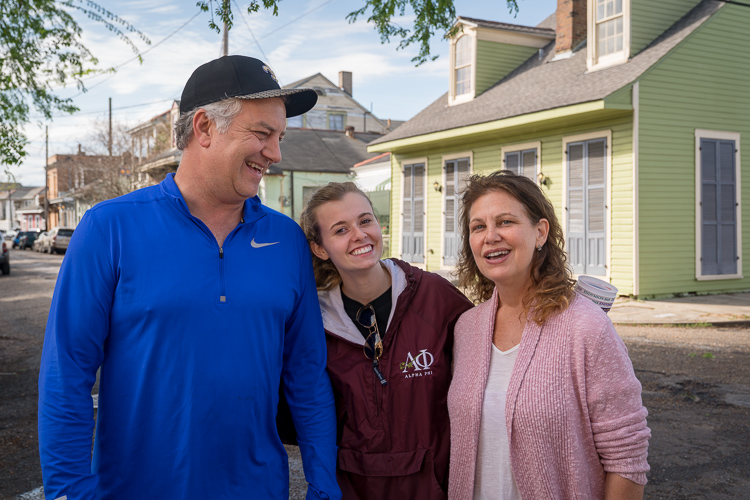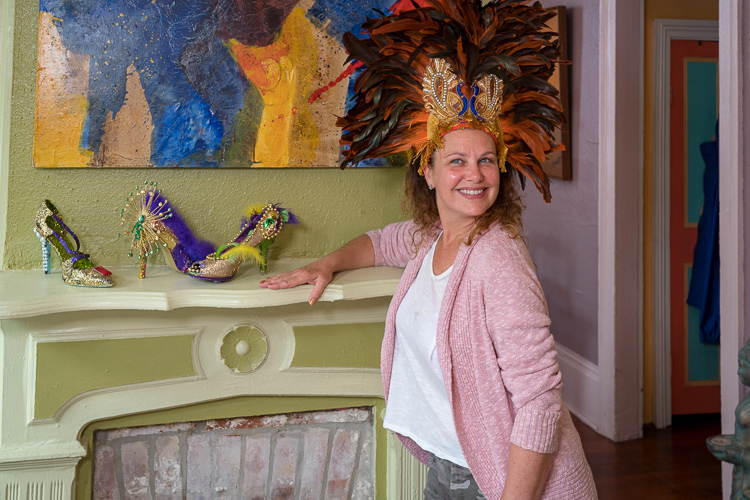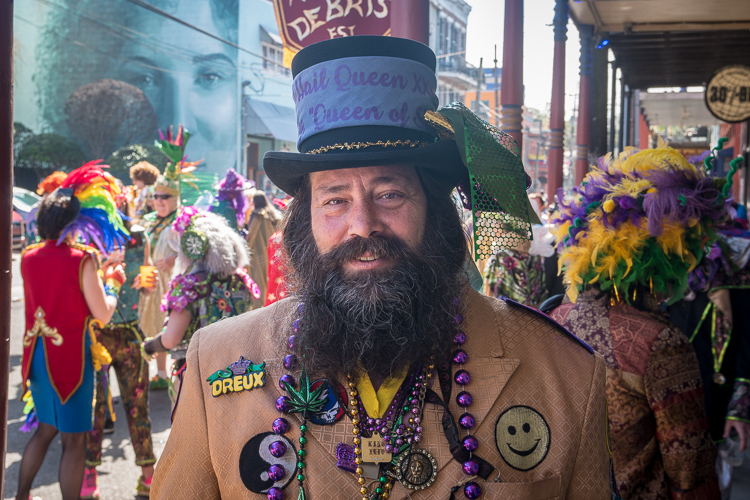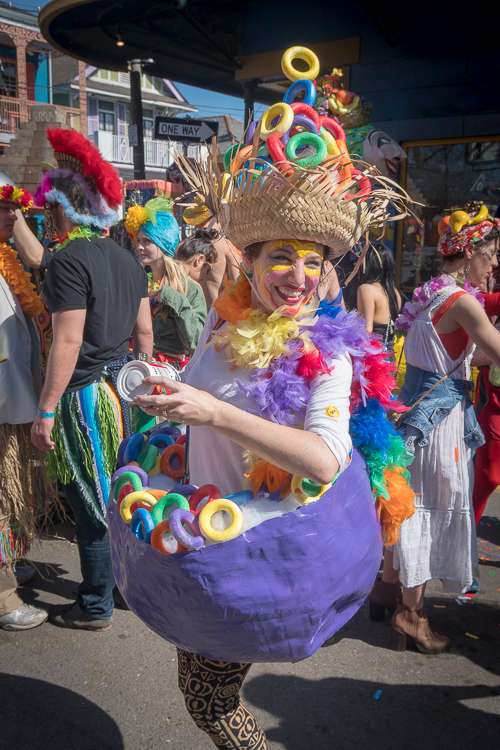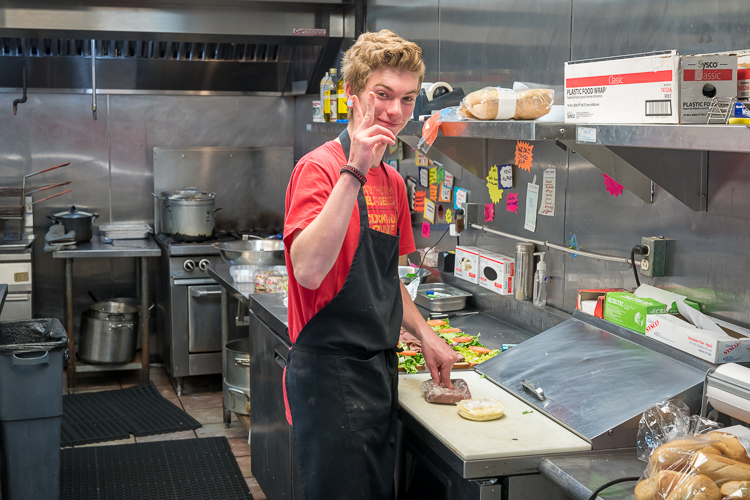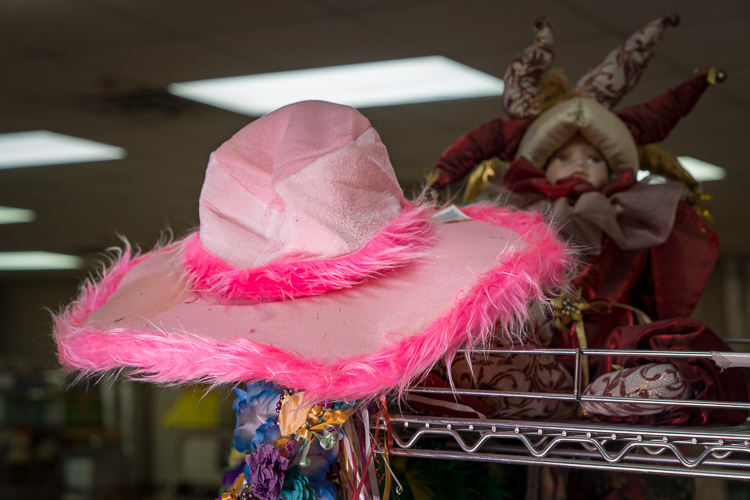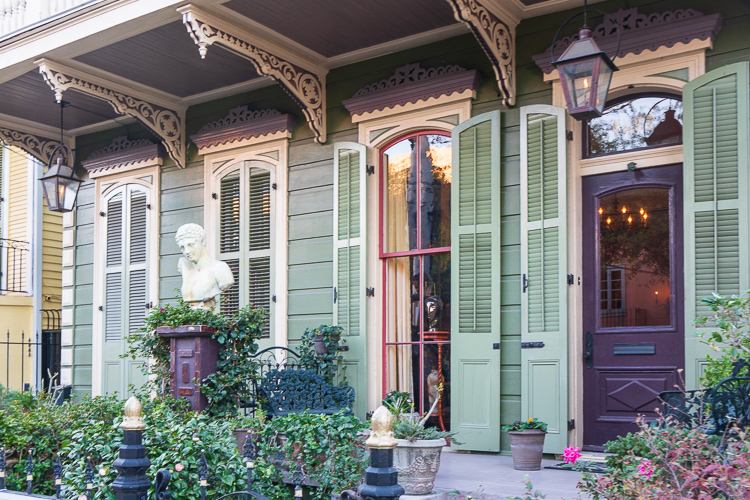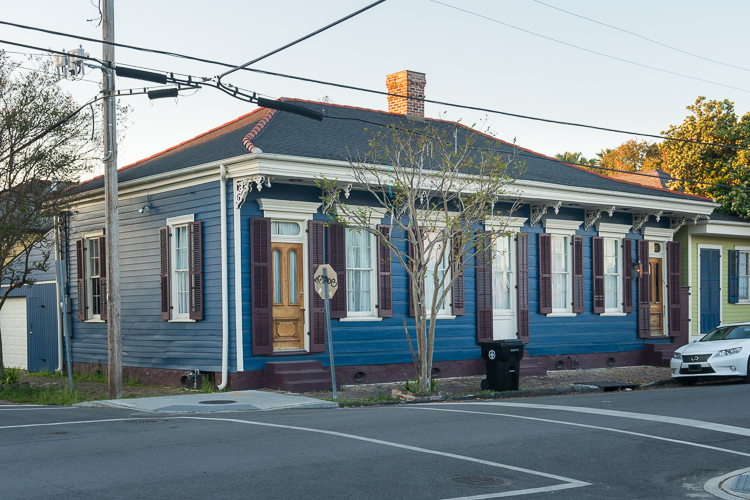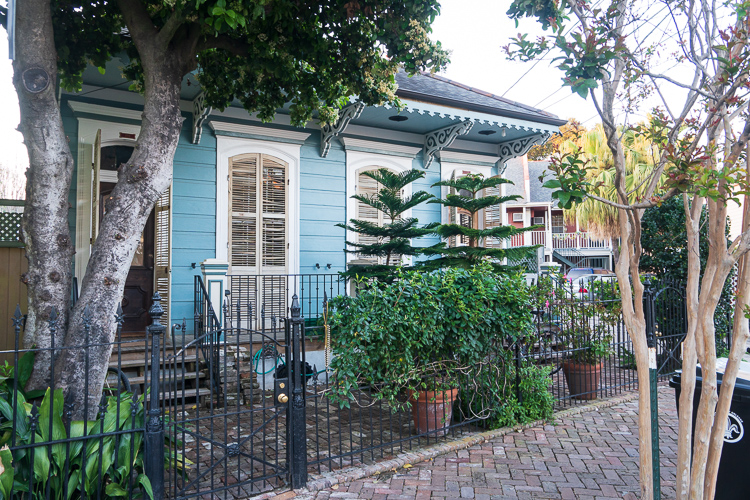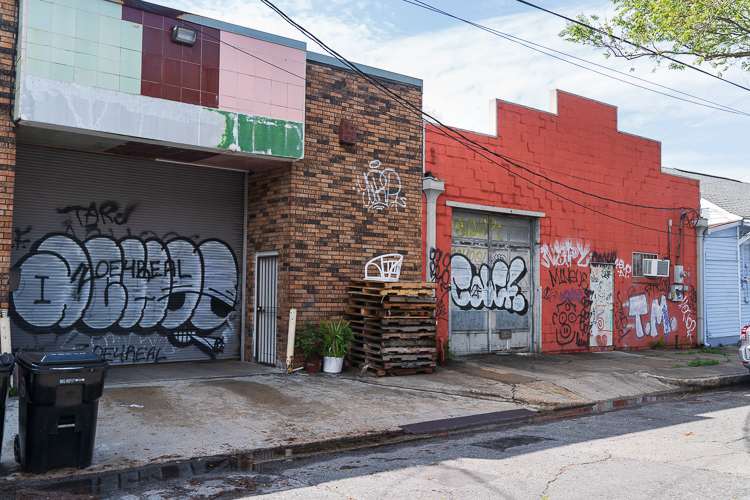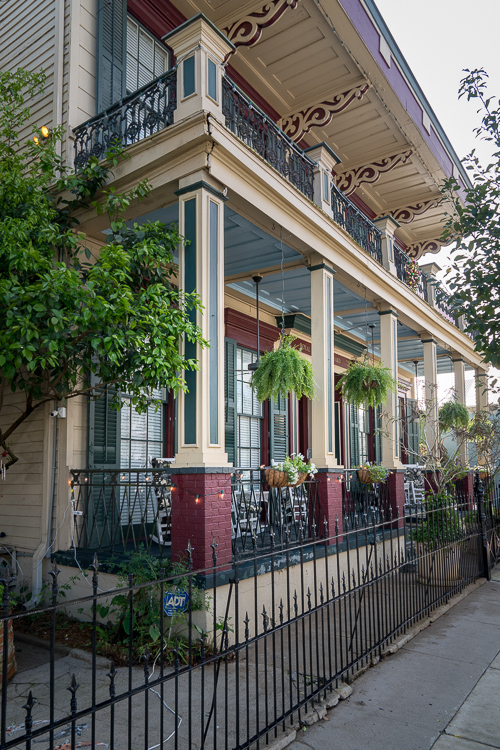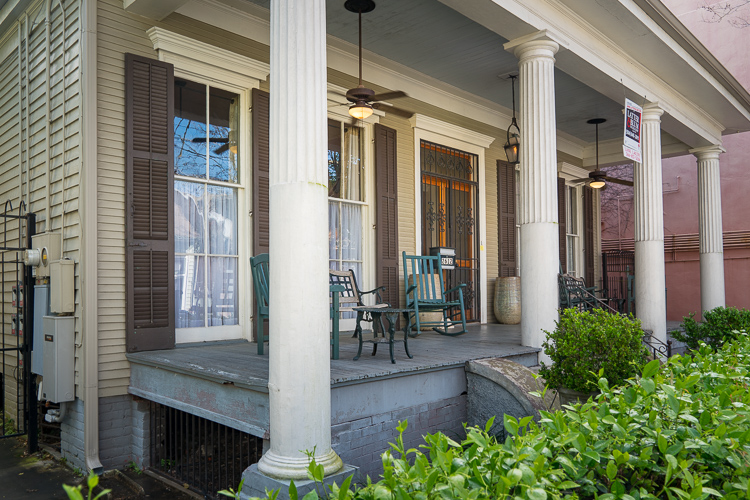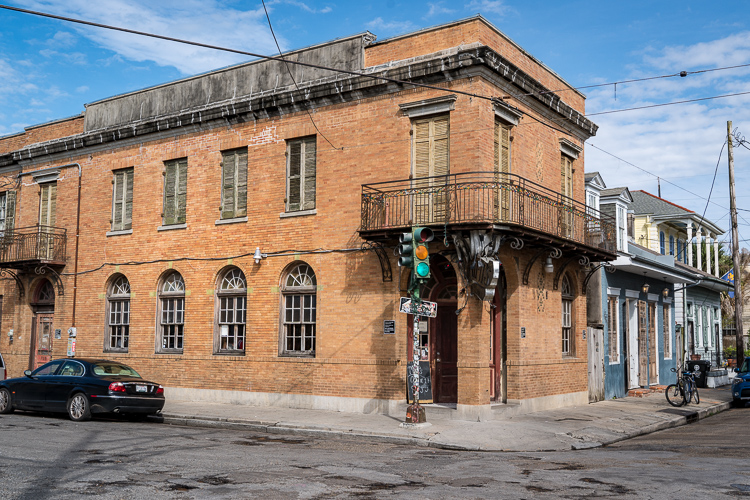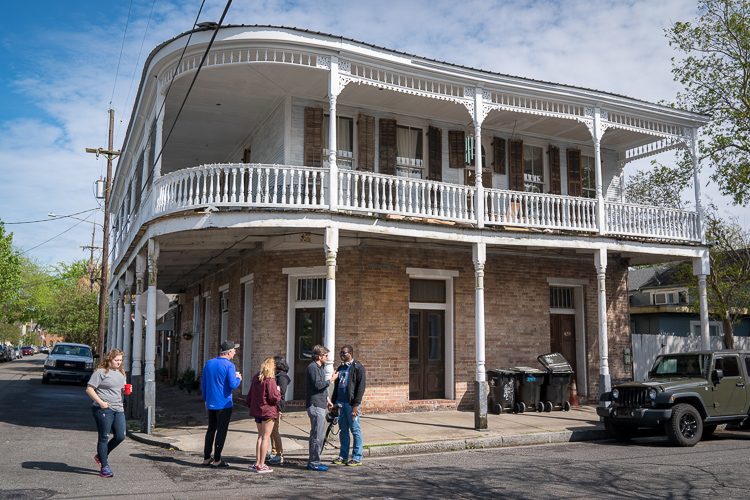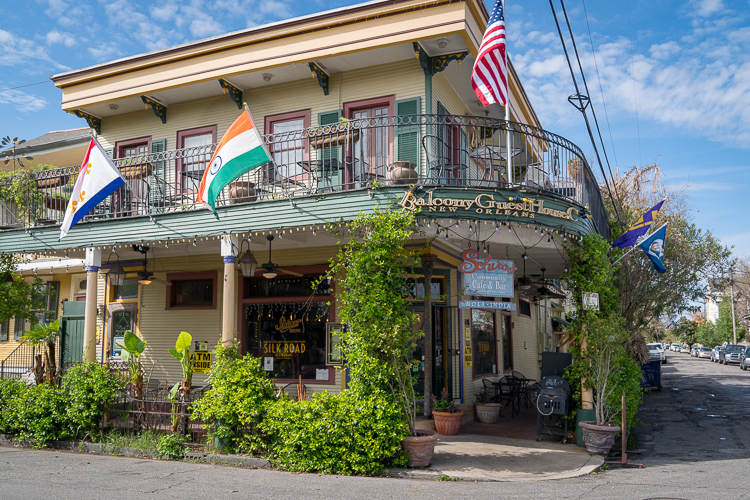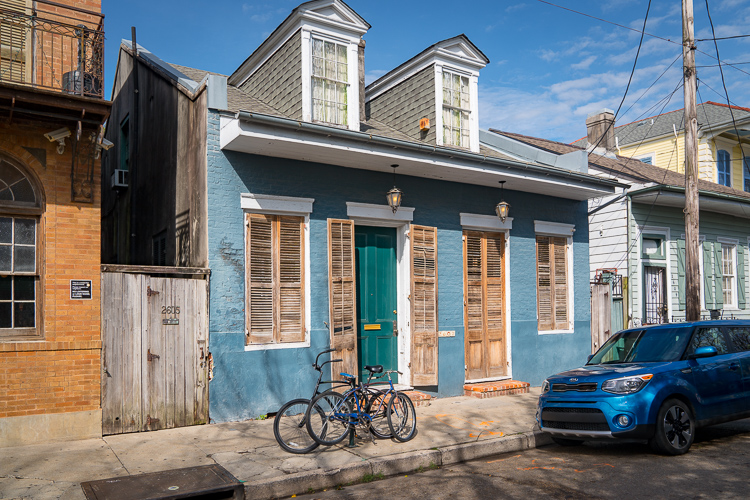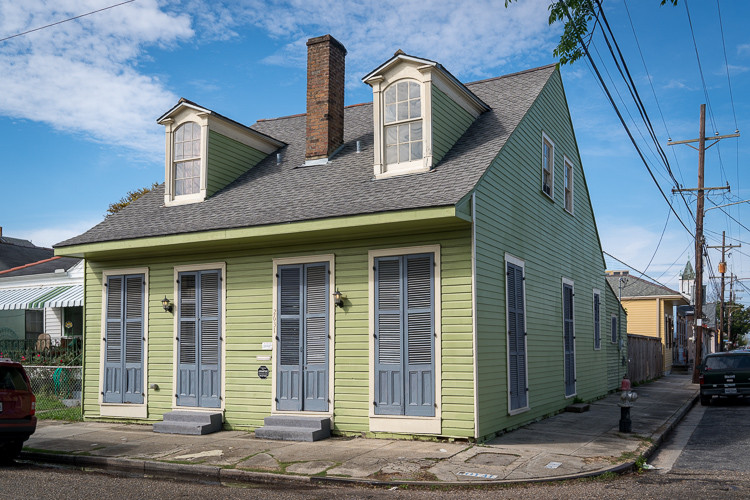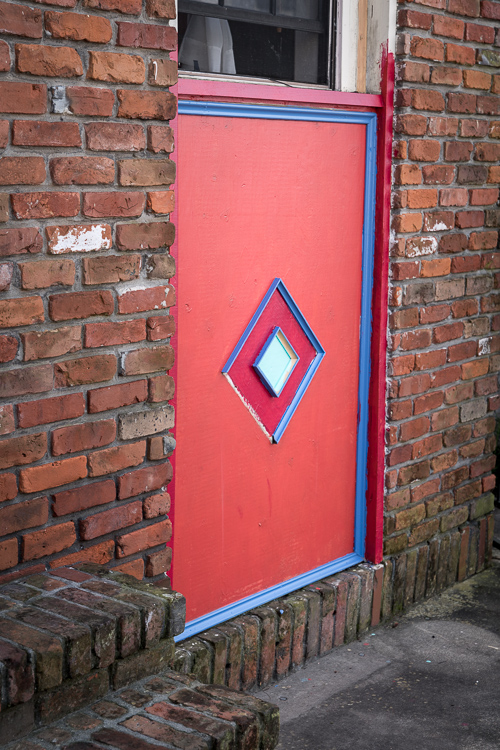Sean: When we came back and we were like, “okay, where do we want to live?” And we had presumed to want to live in Uptown. And as much as I love it up there, and my wife would still probably like to live there, we found ourselves gravitating down here more and more and being more comfortable for different events.
Shannon: I’m on the fence. I love—and it’s because I love the vibe of Mardi Gras and I love being trapped, we call at ‘the bottom of the U’, where the river sits, we lived literally at the bottom of the U [Uptown]. And I love having to be home by three o’clock because the parades are starting, and I love being able to take the wagon for our beer and wine, up to the corner to watch the Mardi Gras parades. It’s truly a festive reason and not because all the antique shops and all the shopping stores were around the corner. It was that whole, “I live here and I am special,” [laughs] I don’t know. But by the same token, we picked a great spot here because we can walk to our favorite—
Sean: We’ve gotten into St. Anne’s parade. It’s a lot more local vibe here.
Shannon: Yes. Definitely more local. So, we have like the people marching, not Mardi Gras floats, but the first parade was the Krewe du Vieux is down here.
Sean: And St. Anne’s where we all march together; our own community approach to parading. Yeah. I like it here. I really do. I think the feeling in Bywater is much more communal. Like I said, it’s much more community driven. I mean I’m sitting out here, we got friends and the krewe, they’re coming in here to use the bathroom because they start right here. It just feels better. It’s quirkier. Yeah, you’re not getting these spectacular medallion signature throws or whatever, but you know, I still got a—
Shannon: You got a Wonder Woman cork hand-painted keychain.
Sean: There you go. Where are you going to get that? Are you going to get that Uptown? Ain’t nobody taking the time and doing one of those, alright! So that’s why I said—I just think it’s neat everybody dresses up here. Nobody dressed up—go to the parade Uptown, everybody’s just like in polo’s and khakis, you know, the people in the parade [are dressed up]. You come here—if you ain’t got some costume on…
Shannon: That’s Right! You better go home.
Sean: I got a whole thing of dresses and all kinds of crazy stuff now. I love that because you just kind of let out all that BS social crap and you just get to be flying free. I just think it’s really unique. I don’t want to see anything ever change that. I just love that. I love the fact that it’s all hand-painted. You get to be part of the whole scene as opposed to just a spectator. It’s certainly not, you know, there’s no line of ladders and children, I get that. And you might get thrown a couple of—
Shannon: Penises.
Sean: You know, dildos, or multicolored condoms, or whatever, but hey, it’s all part of it. I get a kick out of it. I think it’s almost the what makes this area, the Bywater, the Marigny.
Sean: You’ve got your headdress.
Shannon: Yeah, I got my headdress.
Sean: That was made here. The best part of that? Look at it, looks really cool and fancy. It’s actually an old sun visor turned upside down, and then they glued all that stuff on there. That’s like a unique—see that’s what you get here: a creative person who is now selling these for a hundred dollars. It’s an old sun visor. |

